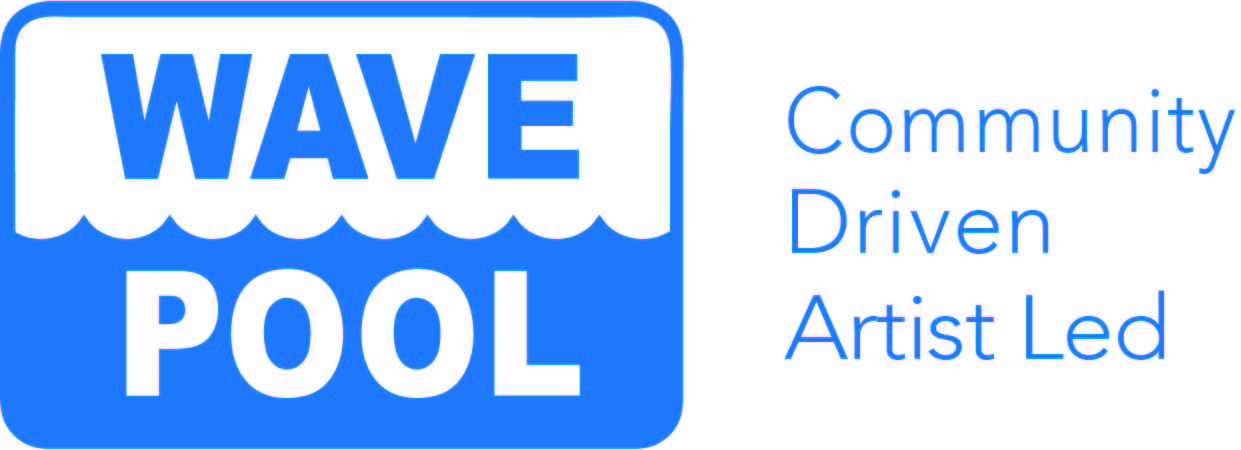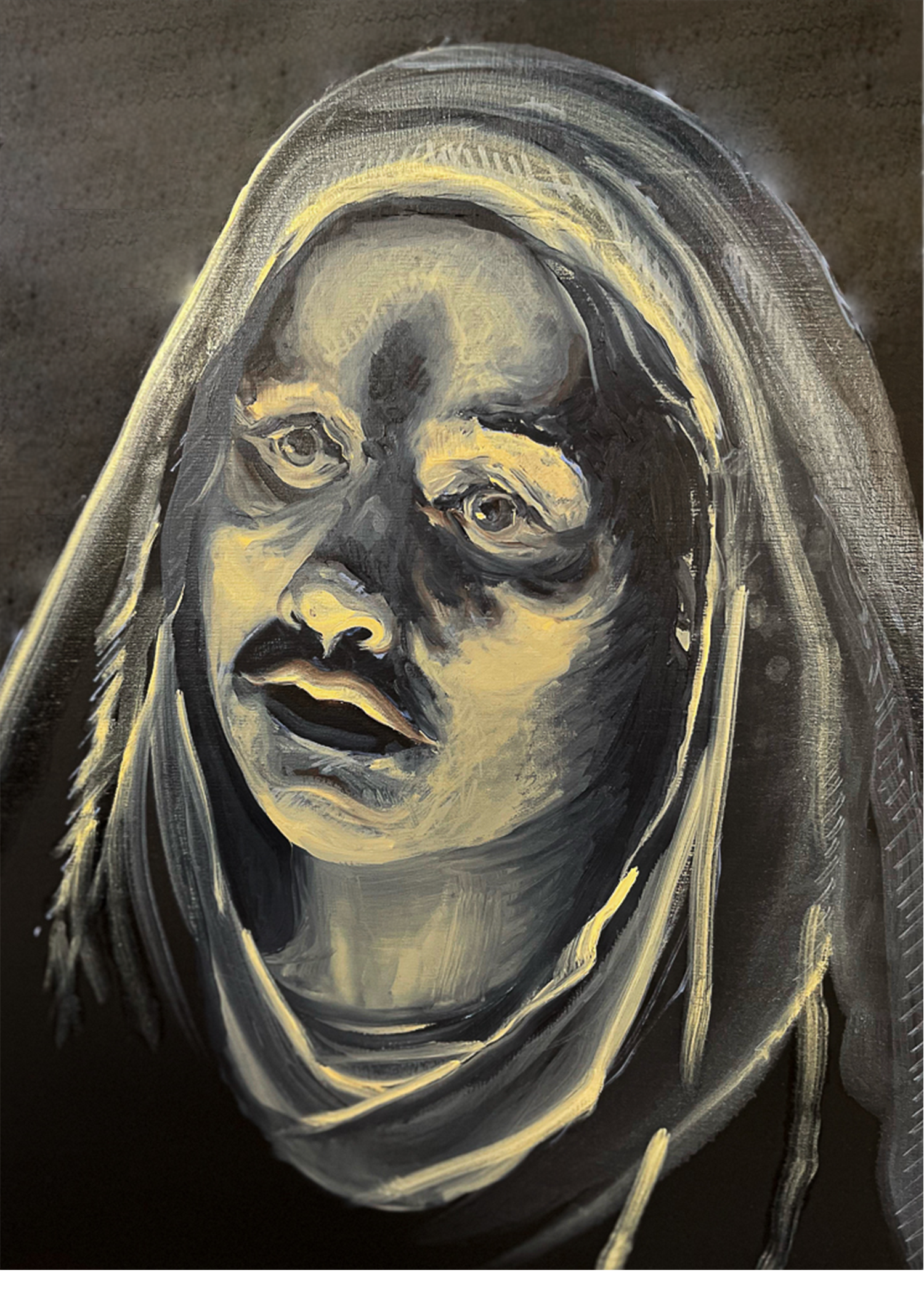The Gift
November 12, 2022 - February 25, 2023
Rebecca Nava Soto, Speech Scroll (2022) Pigmented wood shavings on panel.
The Gift was a meditation on the ways in which Art can allow us to reimagine new currencies of exchange, where narratives of scarcity and competition are rejected and thriving for all is possible. In relationships of exchange, the most generative and healthy iterations tend to be connections of reciprocity—mutually beneficial for all parties involved. Yet to be really truly generous, requires us to give without expectations of receiving back. The participating artists in this show contributed gestures of care and concern, as a way to demonstrate how giving freely can lead to communal networks of supported individuals.
World renown Bread + Puppet theater, founded in 1963 by artists Peter & Elka Schumann, was named for its combination of offering puppetry shows with free, freshly baked bread. Over the course of nearly six decades, their globe-traveling, participatory, and politically-charged performance practice has had a radically noncommercial bent since its inception. The ostensible reason for gathering in collaborative performance is to create community and the organization’s central principle that “art should be as basic as bread to life.” Washerwoman is a puppet from their 1979 show, “Washerwoman Cantata”, which was a tribute to feminist writer and anti-war activist Grace Paley.
Iranian multidisciplinary performance artist Lunaz presented a multi-media installation, which invited viewers to sit and listen, consider their own position, and take action. Looking back on the waves of activism that have been happening in her homeland, Lunaz offered the words and experiences of 19th century Iranian poet of the Baha'i Faith, Táhirih Qurrat al- Ain, as a way to honor the deceased women’s rights activist. As part of Lunaz’ own process, in an act of love and solidarity, she sat down with women of different generations and cultural backgrounds to hand sew protective and hopeful emblems of poppy blooms onto a panel that includes the iconic image of a girl covering her face, with her fist in the air as a sign of resistance. And finally, Lunaz invited the viewer to join her in this process of adding imagery—ultimately, Art—to act in solidarity on behalf of the current women’s rights movement in Iran.
Multidisciplinary Latinx artist and educator Rebecca Nava Soto’s multi-media work explores the inextricable link between indigenous people and the natural world around them—and how language was born from that bond. In her attempts to re-imagine the suppressed, vilified, fetishized, and marginalized indigenous Nahuatl Mesoamerican language, Nava Soto teases out contemporary themes and imagery. These pieces seem clear in their meanings and straightforward in their “objecthood”; however, they act as a kind of “transmission point” from this gallery in Cincinnati, Ohio, to Xinachkalko: a collective indigenous space being built in Cuentepec, Mor., MX intended to protect the Nahuatl language and way of life for future generations. For that purpose, the artist provided a QR code for people to learn more about Xinanchkalko and support the indigenous scholars and residents who do this important work.
Multimedia artist, designer and poet Michael Thompson offered viewers an installation-based painting, which seeks to capture the struggles of being an artist working in the contemporary world. In the artist’s words, “Agape gives her child to Moloch speaks to the dual reality that artists often live; one of selfless love for beauty and the world, and one of ego, consumerism, and vanity.” If the artist has ostensible “gifts” to offer the world, what does this imply for their roles as both creators and consumers in an economy that places little value on reciprocity? His multimedia painting aims to demonstrate both sides of that coin.
Though our capitalist society touts individualism and defines value through monetary quantification, a gift economy functions through the ethic of reciprocity and interconnection—perhaps even a little interdependence.
—Maria Seda-Reeder, curator
Michael Thompson
Agape Gives Her Child to Moloch
Oil and multimedia on panel
2022
Rebecca Nava Soto
Tepozanilli (Radio Recorder) 1,2,3,4
Paper on panel
2022



